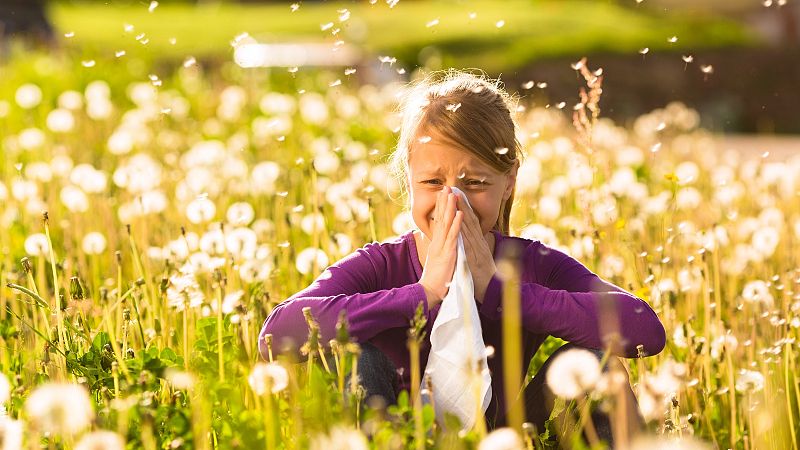
For many, the return of the spring garden brings with it a sneezy, itchy, foggy-headed feeling that hits the moment a warm breeze stirs up invisible trouble.
These seasonal allergies often go by the old-fashioned name hay fever, but it's not the hay that causes misery for so many, it's the pollen.
And not just any pollen, but the nearly weightless kind that floats up our noses and engages our immune systems. Trees, weeds, grasses, and even some of our favorite flowers are culprits.
But pollen isn’t all bad. It’s essential to the reproduction of plants, the survival of insects and the entire food web.
We humans could not survive without it, so we absolutely shouldn’t avoid high-pollen plants as a general rule.
However, if you’re an allergy sufferer who has had to forgo planting a garden due to health reasons, plants that release the least pollen may enable you to smell the flowers.
Plants that cause hayfever symptoms
Allergy-inducing plants are those that rely on wind rather than bees or butterflies to spread their pollen.
Ragweed, which strikes in late summer and early autumn, gets the most notoriety, but its springtime counterparts can be at least as irritating.
Trees most likely to cause symptoms include birch (Betula), catawba (Catalba), cypress (Cupressus), elm (Ulmus), hickory/pecan (Carya), oak (Quercus), sycamore (Platanus) and walnut (Juglans), according to the Ogren Plant Allergy Scale (OPALS), created by horticulturist Thomas Ogren and published in his 2020 book, 'The Allergy-Fighting Garden'.
If you live in warmer climbs, palm trees, too, can cause allergies to flare - but only the males. In fact, female trees don't produce pollen at all, so seek them out when possible.
Grasses can irritate eyes and sinuses, too. The scale ranks Bermuda (except sterile male varieties), Johnson, common meadow, orchard, sweet vernal, and timothy grasses among the highest for allergens.
Weeds like ragweed, curly dock, lamb’s quarters, pigweed, plantain, sheep sorrel, and sagebrush are also big pollen producers, Ogren found.
Plants that are best for hayfever sufferers
On the other hand, plants with "double" flowers or heavier pollen that doesn’t travel far are less likely to release much pollen.
Among trees, apricot (Prunus armeniaca), fig (Ficus), fir (Abies), fruiting pear (Pyrus), fruiting plum (Prunus domestica, Prunus insititia), redbud (Cerus), serviceberry (Amelanchier laevis), female ash (Fraxinus), female box elder (Acer negundo), female cottonwood/poplar (Populus), female maple (Acer), female palm (Arecaceae) and female willow (Salix) are easier on the respiratory system.
St Augustine (which is best suited to tropical climates but grows well in the Mediterranean regions) and sterile male Bermuda are safer bets in the grass department.
As for flowers, you’ve got options: begonia, female clematis, columbine, crocus, daffodil, delphinium, hibiscus, impatiens, iris, bird of paradise, pansy, petunia, phlox, poppy, snapdragon, tulip, verbena, and zinnia are friends.
Roses, too - especially tightly packed, dense-petaled varieties, which exude even less pollen than those with single or semi-double flowers. Rose allergies are more often fragrance-related than due to pollen, according to Ogren.
And if you suffer from seasonal allergies, keeping windows closed and getting someone else to mow the lawn will also help to nip your symptoms in the bud.







